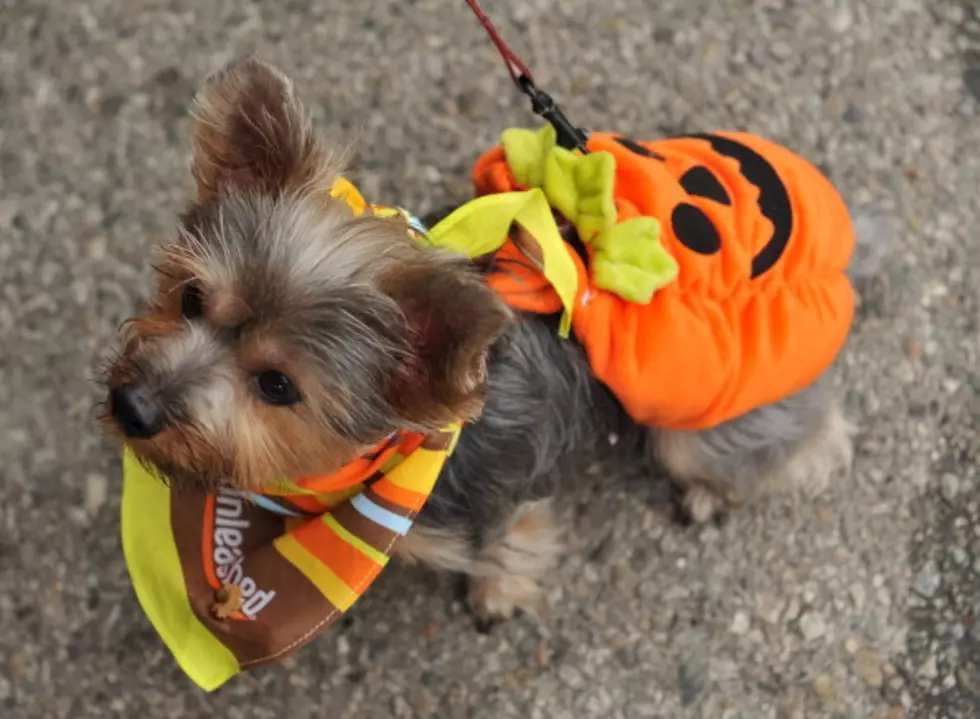
Winter Driving Tips: Part Two
Winter is upon us. I found these winter driving tips on the Bridgestone Tire site and thought I'd pass them along. Drive safely.
When you drive:
» Adjust your speed to the current conditions. When driving in challenging conditions, decreasing your speed will allow more time to respond when a difficult situation arises. Factors such as the type of vehicle you are driving, the quality of tires your car is equipped with, and your abilities as a driver should be considered in the speed adjustment. Remember that posted speed limits identify the maximum speed allowed when weather conditions are ideal. Law enforcement agencies can write citations to motorists driving the posted speed limit if weather conditions warrant a slower speed.
» Anticipate difficult situations. Studies have shown that 80% of all accidents could be prevented with only one more second to react. In many situations, this one second can be gained by looking far enough down the road to identify problems before you become a part of them. Be more alert to the actions of other drivers. Anticipate vehicles coming from side streets and put extra distance between your vehicle and the one in front of you. If someone is too close behind you, don’t speed up; slow down and let them go around you.
» Use grip effectively. When roads are slippery, use all of the grip available. Brake only before the curve when the car is traveling straight. Taking your foot off the brake before you steer into the curve allows you to use all of the grip available for steering. Don’t accelerate until you begin to straighten the steering wheel when exiting the turn. This technique will allow you to be 100% effective at each maneuver. In many situations, better grip or traction can be gained by placing the outside wheels toward the shoulder of the road, out of the ruts in the center. The difference in traction can unbalance the car during the transition from rut to shoulder – so be alert.
» Maintain a comfortable driving environment. A constant flow of cool air will help keep you alert, and keep the windows clear of frost. Keeping one window slightly open will allow you to hear sirens and other warning sounds more quickly. When driving, avoid large bulky boots, gloves and coats, and never drive in ski boots.
» Turn on your lights. When daytime visibility is less than ideal, turning on your lights allows you to see, and to be seen by others. Remember this rule of thumb. Wipers On – Lights On.
» When driving at night, leave your head lamps on low beam when driving in snow or fog. This practice minimizes the reflection and glare, improves visibility, and reduces eye fatigue. When oncoming cars approach, focus on the right side of the roadway to help maintain good night vision.
» Keep a smooth, progressive and light touch on the brakes for normal braking. Even in a car equipped with ABS (Anti Lock Braking System). In the event of an emergency in an ABS-equipped car, press the pedal HARD and hold it down. Remember that in an ABS-equipped car, you can also steer around many obstacles while braking. Perhaps a better description of ABS would be: “Allows you to Brake and Steer.”
» Keep both hands on the wheel at 9 o’clock and 3 o’clock positions, and steer smoothly in the direction that you want to go. Avoid the “hand over hand technique.” Instead, utilize the shuffle technique and keep the right hand on the right side of the wheel and the left hand on the left side of the wheel. While this technique may sound overly simple, it can help you avoid skids.
» Be careful when using downshifting as a way to slow the vehicle. Even though manual transmissions may provide greater control to assist with braking, gear changes should always be made smoothly in the straightaway before the corner. Abrupt gear changes, especially while cornering, may upset a vehicle’s balance and cause a skid to occur.
» Don’t overestimate the capability of four wheel drive vehicles. Many drivers mistakenly believe that four wheel drive is all-powerful. Every type of vehicle depends on four small contact patches where the tire meets the road for traction. These small areas are the only contact of your vehicle to the road. Four wheel drive does not improve braking or cornering effectiveness.
» Anti-lock brakes can’t perform miracles. Don’t be misled by ABS braking systems. Braking efficiency is limited by the grip available, and the type of tires with which your car is equipped. If you carry too much speed into a corner and then try to brake, even ABS won’t keep you on the road. Never count on technology to replace good judgment.
» Wear quality sunglasses. Good quality sunglasses help highlight changes in the terrain and road surface even in low visibility conditions.
» The world’s best drivers are trained to anticipate problems early and direct the vehicle appropriately before they become involved in a problem. Reacting too quickly can be dangerous if the driver’s response is inappropriate.
» When driving up a steep hill in icy conditions, gain speed and momentum on the flat before starting uphill. When the car begins to slow part way up the hill ease up on the accelerator, allow the car to slow down and crest the hill slowly. If you try and accelerate too hard and spin the wheels, you may lose momentum and not make it to the top. It’s better to make the top at a slower speed than to not make it at all.
» If you do have trouble, AND BECOME STOPPED OR STRANDED run the engine only briefly -- not continuously -- to run the heater. Regularly make sure that the exhaust pipe is clear of snowdrifts or other obstructions. Carbon monoxide can accumulate more easily in a non-moving vehicle.
More From Retro 102.5







